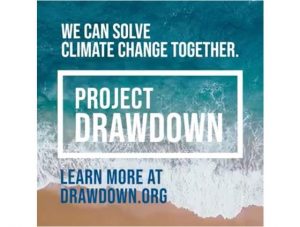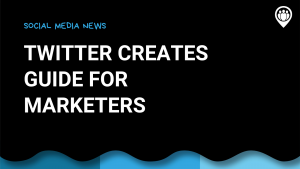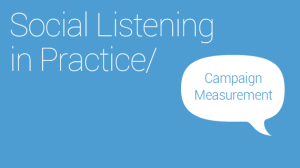By VerticalResponse, Published October 13, 2014
So you’ve got some subscribers on your mailing list who haven’t opened your emails or clicked on any links in a long time. How do you get them re-engaged? We recommend eight simple steps to help you re-connect with non-responders.
1. Segment
Figure out who the non-responders on your email list are, and segment them out. You can do this easily with most Email Service Providers, including VerticalResponse and create a separate email list with your non-responders – those who haven’t opened or clicked on any links in your email in while. This step is important because it allows you to experiment with changes for people who aren’t opening or interacting with your emails, but not with the ones who are engaged and responsive.
2. Don’t throw the baby out with the bathwater
Jill Bastian, our Training and Education Manager, warns against simply removing anybody who’s not responsive on your list. There are many reasons why someone may not be engaging, and the next series of steps can help pinpoint what those are.
3. Create an engaging subject line for this segment
What’s in the body of your email doesn’t make much difference if people aren’t opening it. Experiment with an engaging topic in your subject line, such as something that solves a problem for your subscriber, or an offer of a discount or free trial of a product. You can also ask people whether or not they’d like to remain on your list with a subject line saying something like, “We’ve missed you!”
4. Highlight list benefits
When creating a highly engaging subject line for your segmented list of non-responders, it’s important to highlight the benefits of being on your email newsletter in the body of the message. Since your readers haven’t been interacting with the email, a reminder of the value of what they get by reading these emails can be helpful.
5. Send a survey
Kim Stiglitz, our Director of Content Marketing & Organic Customer Acquisition, recommends asking subscribers and if the content you provide meets their expectations via a short survey. “If you find a disconnect between what you’re providing and what your subscribers expect, it’s time for a change,” she writes. This survey data can help you modify your content so that it meets the needs of your readers.
6. Play with timing
Try sending an email at a different time of day, or on a different day of the week. “A lot of times, people tend to send emails on a certain day or at a certain time. If you send an email to non-responders at a different time, they may be more interested or it may be a better time for them to look at it,” Bastian says. Check out our post on the best time to send your emails. It might surprise you.
She also points out that different target audiences respond better to different times of day. There is no one-size-fits-all approach to finding the best time, since each list is different. For example, she gave a presentation recently at a children’s clothing company that chose to send emails around 2:30 p.m. and 3 p.m., when parents are picking their kids up from school and have time to check a quick email on their smartphones or mobile devices, or in the late evening when kids are asleep or doing homework and parents have more time for themselves. “There are specific times and days where more emails are sent, but that doesn’t necessarily mean that it’s going to fit every audience,” Bastian explains.
7. Take a look at your send frequency
It’s possible that too-frequent emails are causing your readers to lose interest, particularly if your frequency is different than what you promised when they signed up for your list. It’s important to make sure that you’re sticking to what you promised in your sign-up form. If your email list subscribers signed up for an email once a week, for example, they may feel overwhelmed with emails sent more often than that.
8. Look at your own expectations
Although there are benchmarks for each industry, Bastian recommends coming up with your own open rate goals based on your own list performance. If you’re getting a 12 percent open rate, for example, try shooting for small increases over time. Creating incremental goals is often more realistic than trying to hit a benchmark based on an entire industry, and small gains can add up over time.
What approaches have been successful for you in helping to re-engage non-responders? Share with us about in the comments section.
Business Articles | Business 2 Community
(300)
Report Post





